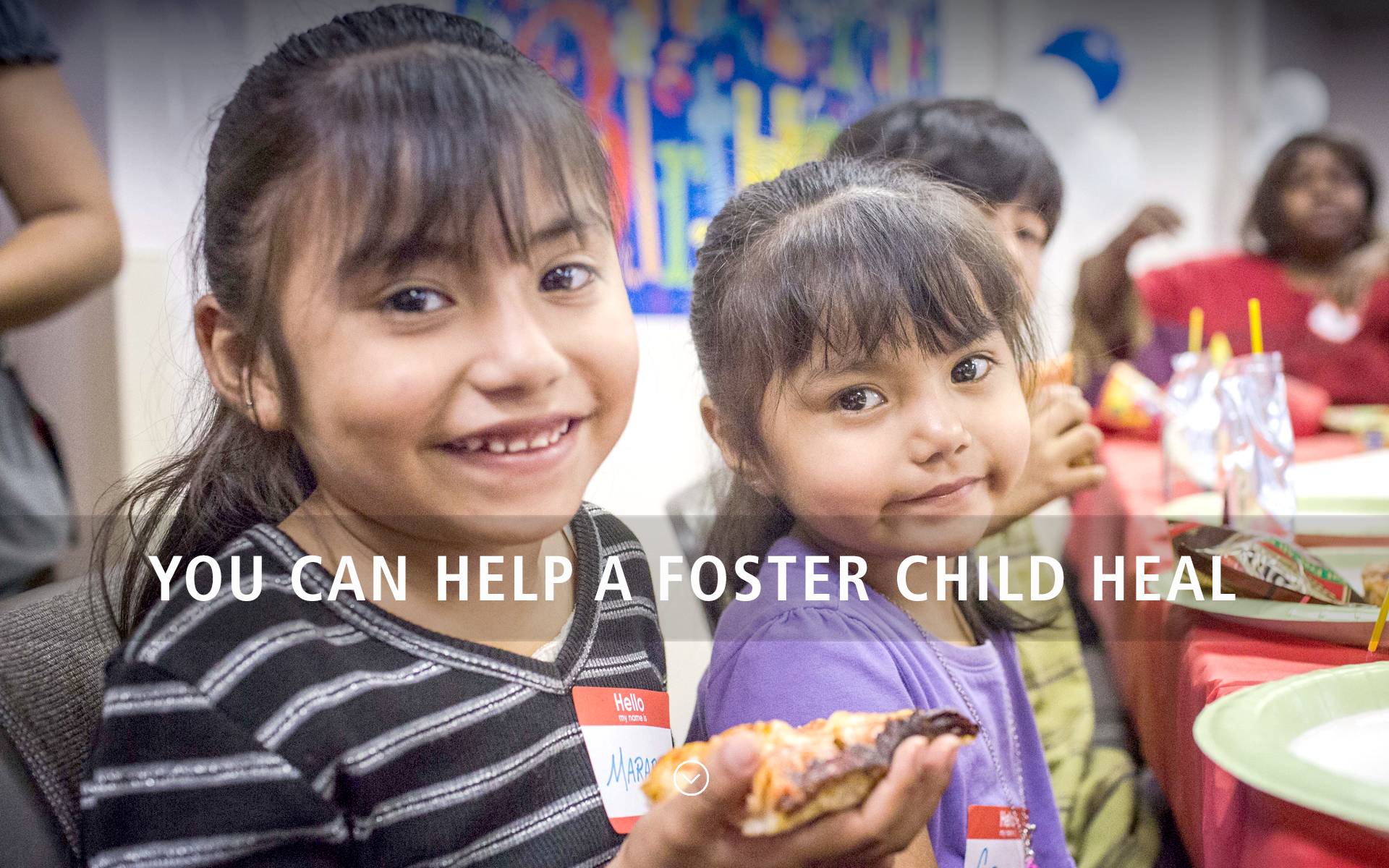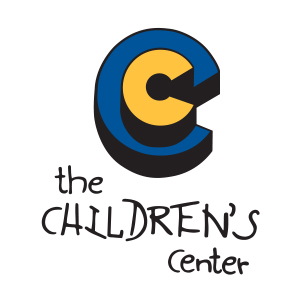
A safe home. A loving environment. Nurturing caregivers.
To a foster child, it’s a wish. A dream. You see, our children have seen life through the lens of hopelessness. Abuse. Trauma. Being in a loving foster care home offers our children the chance to know protection, compassion, hope. The chance to experience the joy of simply being a child. And to build bigger dreams than even they imagined.
What is foster care?
Foster care is a temporary living arrangement for abused, neglected, and dependent children who need a safe place to live when their parents or another relative cannot take care of them.
We help foster children succeed in school, fulfill key material needs, and participate in essential childhood experiences. Our services are tailored to help them graduate from high school with a plan for their future.
The Children’s Center also serves caregivers by providing educational and financial support to help them navigate the challenges and opportunities of fostering, to provide the best possible experience for the youth in their care.
Did you know?
Every 18 minutes a child is abused or neglected.
70% of 4th graders cannot read at grade level.
Over 22% of foster youth experience homelessness after age 18.
Less than 2% complete a bachelor’s degree.
Children thrive in an environment that includes an adult who is committed to their long-term well-being.
Who can be a foster parent?
We believe a good foster parent is someone who has our children’s best interests at heart. It’s about finding the right match, not about choosing from a specific group of people. That means your marital status, age, income, religion, and sexual orientation will not automatically disqualify you from fostering or adopting a child. Nor do you need to own a home, have children already, be young or wealthy, or a stay-at-home parent.
Trauma hurts. We help heal.
Sometimes the path from hurt to healing is you. You can help foster children build bigger dreams and brighter futures.
You can change a child’s life
We invite you to explore how you can help foster youth have a promising tomorrow, empower them to succeed, build bigger dreams and have a chance to experience the pure joy of simply being a child.
Give us a call at 313.262.1119 or email syoungblood@thechildrenscenter.com to learn how you can change a child’s life.
You can help a foster child heal
A safe home. A loving environment. Nurturing caregivers.
To a foster child, it’s a wish. A dream. You see, our children have seen life through the lens of hopelessness. Abuse. Trauma. Being in a loving foster care home offers our children the chance to know protection, compassion, hope. The chance to experience the joy of simply being a child. And to build bigger dreams than even they imagined.
Fill out the form below and we’ll contact you shortly.
Learn More About Foster Care
Foster care is a temporary living arrangement for abused, neglected, and dependent children who need a safe place to live when their parents or another relative cannot take care of them.
Did you know:
- Every 18 minutes a child is abused or neglected.
- 70% of 4th graders cannot read at grade level.
- Over 22% of foster youth experience homelessness after age 18.
- Less than 2% complete a bachelor’s degree.
- Children thrive in an environment that includes an adult who is committed to their long-term well-being.
Children in foster care are just like any other child you know with one difference—they have all suffered trauma and loss through no fault of their own. They have the same needs, dreams, and unique potential as all children, and seek the same opportunities that all children equally deserve to build a bright and promising future. Foster care is a temporary living arrangement for abused, neglected, and dependent children who need a safe place to live when their parents or another relative cannot take care of them.
Once the court has decided that a child should be removed from his or her parents’ custody and placed in foster care, the birth parents and the child are assigned a social worker.
Federal law requires that all children have a “permanency goal”— that is, there must be a clearly defined plan for the child to eventually return to their birth parents’ care. Approximately 65% of children do in fact return to their birth parents after they have completed necessary treatment.
When families are unable to make the life changes necessary to safely parent their children, other options are sought. These usually include adoption, a guardianship with another family member or friend, or remaining in foster care until the child turns 18.
- Call Us. The first step is to call The Children’s Center at 313.262.1119. We’ll answer your questions and mail you a Welcome Packet.
- Orientation. You and your family are invited to orientation.
- Training. Receive PRIDE pre-service training.
- Application. Sign the application to begin licensing process to assess you, your family, and your home.
- Home Visit. Together, we’ll schedule a time when The Children’s Center can visit you and your family at home.
- Family Assessment. Provide references, physical exams, TB test results and family information. The Children’s Center finalizes initial family assessment.
- It’s Official. Congratulations! You’re now a Licensed Foster Parent (upon approval).
Placement stability is a priority, but it is still common for kids in foster care to experience multiple changes in their home placement. Studies indicate that there are several factors that can reduce the number of home placement changes that a child will experience during their time in care, including:
- An early health assessment (physical, mental, emotional) when the child enters care
- Training for foster parents to handle behavioral issues and special needs stemming from trauma
- Stronger social support for foster parents and caregivers
- More qualified homes and a more comprehensive match-making process between youth and caregiver
- Policies at the state, county, and agency level that influence initial placement decisions
Life in foster care can be extraordinarily challenging, both emotionally and developmentally. Research shows that kids in foster care suffer from Post Traumatic Stress Disorder at a higher rate than returning combat war veterans, and more than half struggle with mental health challenges.
Academically, foster youth face an uphill battle due to changes in home placements and school transitions, lack of basic skills, and emotional upheaval. Access to important socialization opportunities – like music lessons and team sports – is limited, as is access to funding for essential needs like clothing, shoes, school supplies, haircuts, and school fees.
On any given day there are approximately 2,500 children in the foster care system in Wayne, Oakland and Macomb counties (over 14,000 state wide). According to adoptuskids.org, there are approximately 115,000 children nationwide who are waiting for parents.
The Children’s Center provides safe and nurturing foster and pre-adoptive homes for abused and neglected children. We strive to reunify children with their families or achieve permanency in an adoptive home.
We help foster children succeed in school, fulfill key material needs, and participate in essential childhood experiences. Our services are tailored to help them graduate from high school with a plan for their future. The Children’s Center also serves caregivers by providing educational and financial support to help them navigate the challenges and opportunities of fostering, to provide the best possible experience for the youth in their care.
The Children’s Center also collaborates with social workers, clinical therapists, school systems, government agencies, and policymakers to improve outcomes for youth in foster care by removing barriers to academic achievement, and developing and supporting policies that promote the short- and long-term well-being of foster youth.
The Children’s Center supports the needs of foster kids ages 0 – 21. The Children’s Center Graduation Success services are available for foster youth in Wayne County in middle and high school. Educational Advocacy services are available to foster youth statewide from Pre-K to 12th grade.
The Children’s Center is committed to closing the graduation gap for students in foster care in Wayne County by 2017. Currently, the graduation rate for foster youth in Wayne County is approximately half the rate of their peers. There are a number of key issues that contribute to this disparity:
- lack of systems coordination between child welfare and schools
- transitions in home and school placements
- unaddressed special education needs stemming from trauma and lack of early childhood education
Without a high school diploma and a plan for their future, foster youth experience disproportionately high rates of poverty, homelessness, incarceration, mental illness, unplanned pregnancy, and substance abuse when they leave care. The Children’s Center is uniquely positioned to improve these outcomes by changing the trajectory of youth in foster care through integrated, research-based programs that help our youth make it to high school graduation day and beyond.
There are over 14,000 Michigan children living in foster care on any given day. We invite you to explore how you can help foster youth have a promising tomorrow, empower them to succeed, build bigger dreams and have a chance to experience the pure joy of simply being a child.
Debunking Foster Care/Adoption Myths
REALITY: Some children do have challenges due to the trauma they have suffered. However, foster parents receive intensive training and support to prepare them in dealing with that trauma. Sometimes, prospective foster parents see the term “special needs” associated with kids in foster care. This term is somewhat misleading because it can simply mean that the child is older, is a minority or has siblings that need to be adopted with them.
REALITY: State agencies are legally required to provide full, factual information about a child to any potential foster/adoptive parents. They have an interest in making sure parents have a positive experience, so they’ll foster/adopt again or recommend others do the same. For children who have physical, emotional or behavioral problems, agencies provide the most comprehensive services available. They want to help children make a positive transition into their foster or adoptive homes.
REALITY: Financial assistance does not end with the child’s placement or adoption. Most foster care children are eligible for federal or state assistance that helps with costs. These benefits vary by state, but commonly include monthly cash subsidies, medical assistance and social services.
REALITY: This might be the biggest myth of all. Children in foster care have enormous potential to thrive, given love, patience and a stable environment.
REALITY: A good foster parent is someone who has a child’s best interests at heart. That means your marital status, age, income, religion, and sexual orientation will not automatically disqualify you from fostering or adopting a child. Nor do you need to have children already, be young, or a stay-at-home parent.
REALITY: You can be a homeowner or a renter. You just need to make sure there is enough room for a foster child to have their own bed and space for clothing and belongings. A foster child can share a room with another child based on their age and gender.
REALITY: People work full-time when they have biological children, and it’s no different with foster children. Your licensing agency can advise you on childcare options.
REALITY: You do have a choice over which children are placed in your home. However, the broader your parameters are, the more quickly you will receive a placement.
REALITY: Foster parents must be 21 or older. Empty-nesters often make great foster parents and find it a rewarding experience.
REALITY: It’s true—you will get attached, and it will be painful when the children you love leave. But these children have suffered through things no child should ever face, and they need the care foster parents provide.
REALITY: A child wants a parent who will be there, no matter what. As long as their ethnicity is respected, most children don’t care who their parents are.
REALITY: Most teens in foster care are there for the same reason younger children are in foster care: because someone abused or neglected them.
REALITY: Recent research shows that the brain does not stop growing and changing until a person is in their 20s.
REALITY: No teenager thinks they need a parent, but they all want one. They want someone to accept them no matter what.
REALITY: Youth who leave foster care without a family are more likely to become homeless, on public assistance, incarcerated or die than youth with a family.
REALITY: According to adoptuskids.org, there are approximately 115,000 children who are waiting for parents. On any given day there are approximately 2,500 children in the foster care system in Wayne, Oakland and Macomb counties. Because there are not enough foster homes, children are sometimes sent to temporary facilities while they wait for an appropriate home to become available. No child should have to be removed from a home and spend the night in a facility while they wait for a bed.
REALITY: You might receive a monthly stipend until the child turns at least 18. Teens who are in foster care for one year after they turn 14 are eligible for college financial aid without taking the parent’s income into account.
REALITY: While there is a monthly subsidy to help reduce the cost of food and other necessities, we do expect that foster parents are financially stable and not dependent on the stipend or any state or federal financial assistance.
REALITY: In most cases, we encourage foster parents to have some connection with the child’s family. This connection is called co-parenting and it comes with many options, including letters, phone calls, e-mails or face-to-face contact.
Visitation requirements are set by the court and the child’s professional team, but foster families are not required to hold visits in their homes. Sometimes the families come to a point where they’ve built a strong relationship and they both feel comfortable with home visits.
REALITY: Foster parents do not pay any of a child’s medical expenses. Each child in foster care has coverage through the state for medical, dental, and mental health care needs.
REALITY: Children are amazingly resilient. Foster parents can make a difference by providing a structured, nurturing environment. In addition, we will offer support and training to help increase your childcare skills.



